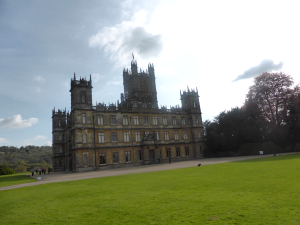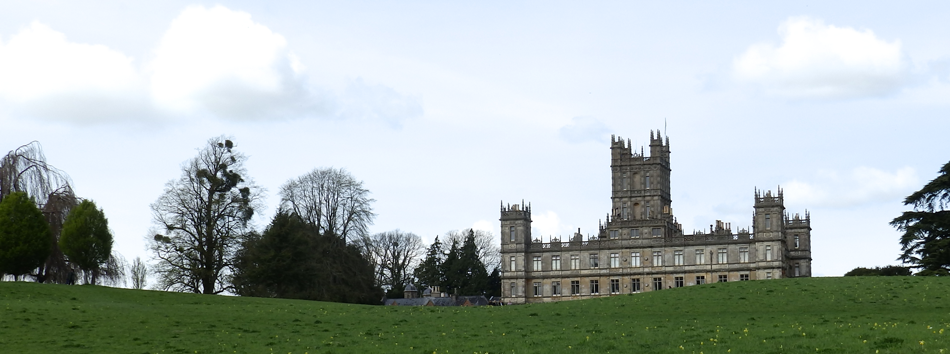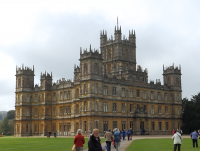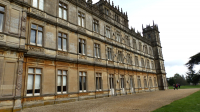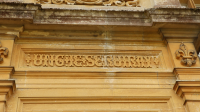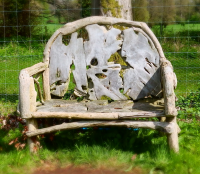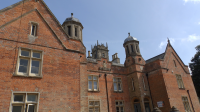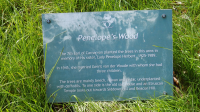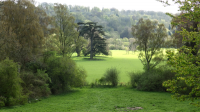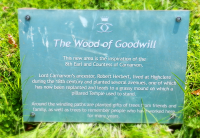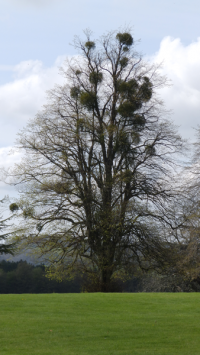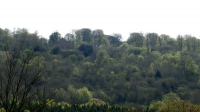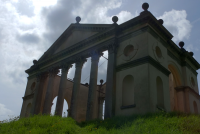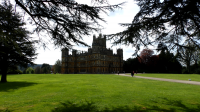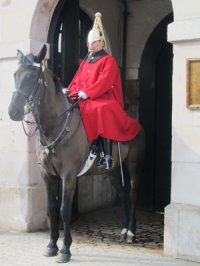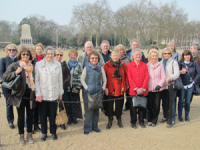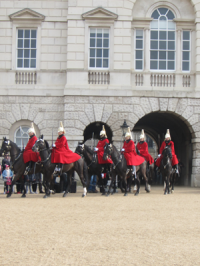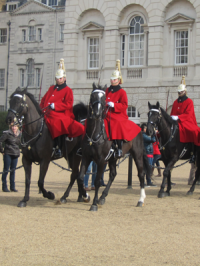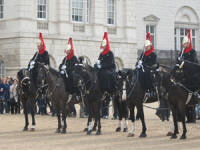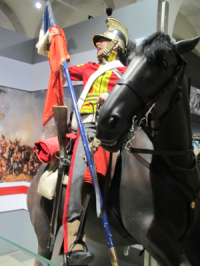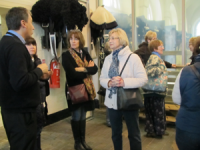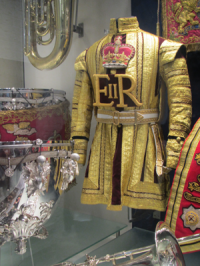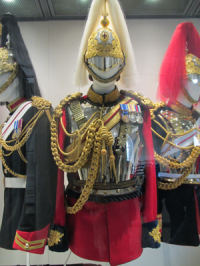Wimbledon WI Visit to Parham House, Sussex,
On Friday 22 April 2016
Twenty five of us left by coach from outside the Ursuline School promptly at 9.30 on Friday morning for our visit to the historic Parham House in Sussex. We had a fascinating tour of the house led by our knowledgeable guide, Philippa.
Parham House nestles in the South Downs and was, prior to the English Reformation, part of the extensive property portfolio of the Benedictine monks of Westminster Abbey. When Henry VIII appropriated the Abbey’s wealth at the Dissolution of the Monastery in January 1540 he sold the old manor house at Parham to Robert Palmer, a London Mercer, for £1255. Palmer was clearly a member of the inner circle of the Court – his son married a god-daughter of Elizabeth I. Since 1540 only three families have owned house which has been continually occupied as a family home for 448 years.
In 1577 Robert Palmer demolished the old house and began the construction of the fine stone Elizabethan manor house that has remained essentially the same to the present day. Robert’s son, Thomas, sold the house to Sir Thomas Bysshopp in 1601 and the house and estate remained the Bysshopp family’s principal residence until it was sold to the Hon. Clive Pearson (2nd son of the 1st Viscount Cowdray) and his wife, Alicia, for £200,000 in 1922.
We began our tour in the Great Hall – a magnificent space with oak-panelled walls, flagstone flooring and a vast open fireplace. This had been the servants’ hall and it has an enclosed gallery at one end (which was the steward’s quarters) and a stairs leading up to the family’s living quarters at the other end. From there we progressed to the family rooms which are laid out in the style popular with wealthy Elizabethan merchants. Every room, including the servants’ quarters, has an uninterrupted view of the South Downs. No other building is visible from any of the many large windows of the house. Of particular note is the long gallery. Now furnished with artefacts connected with the various owners of the manor, including a charming collection of Victorian and Edwardian toys from the nursery, the original purpose of the gallery was to provide a space for indoor exercise during inclement weather. As such, the only furniture would have been one or two benches along the walls for the use of those playing indoor bowls, possibly tennis, and certainly walking up and down. One lord of the manor is said to have exercised his local militia there. Another room of note is the splendid Tudor kitchen which now serves as a restaurant and is where we had lunch.
The 20th century history of the house is, arguably, the most interesting. Having acquired the estate in 1922 the Pearsons spent the rest of their lives hunting artefacts, art works and furniture associated with Parham. The fruits of this labour of love can be seen in all the public rooms. For example, they found at auction the fine Worcester dessert set presented to Cecil Bysshopp by his parents on his marriage to Lady Charlotte Townsend in 1805. Sadly, Lady Charlotte died childless in 1807 and Cecil, an army officer, was killed in action during the American-British Trade War of 1812-1815. The dessert set is displayed in the lovely Regency Drawing Room, so called because Cecil’s mother had the room altered and decorated in the ‘modern style’ in the early 1800’s. The room remains exactly as it was at the time of Lady Charlotte’s death.
Alicia Pearson and her mother were also avid collectors of embroidery and tapestry and their impressive collection is, where appropriate, interspersed with the Pearsons’ other collections throughout the house. The finest pieces are, probably, the pre-1590 flame-stitched four poster bed hangings and the 17th century flame-stitched silk carpet that dominate the West Room, which was Alicia’s bedroom.
In 1939 30 children from Peckham, South East London, were evacuated to Parham House. The Pearsons welcomed these city children, most of whom had never seen the countryside before. Clive built them a wooden playhouse in the grounds and, in order to encourage them to eat vegetables, divided a section of the walled garden into small plots, provided the children with tools and seeds and proceeded to teach them the art of kitchen gardening. He then introduced a competition for the best crops. This was a great success and further encouraged the children to ‘eat up their greens’.
In 1942 the military authorities requisitioned half of the house for billeting Canadian Officers and the evacuees’ idyll came to an end. The children were separated and re-housed with families in nearby Storrington while the family was moved to the other half of the house. Soldiers of the 1st, 2nd and 3rd Canadian Infantry Divisions were billeted in Nissen huts in the grounds.
After the war the Pearsons restored the house and grounds but continued to live in what had become known as the ‘private half’. In 1948 they opened the other half to the public charging 2/6 for adults and 1/6 for children. On opening day, 17th July, 61 visitors came and the house and estate has welcomed a steady stream of visitors ever since.
The Pearsons’ great-granddaughter, Lady Emma Barnard, is the present owner and she now lives in the ‘private half’ with her husband and two young sons. She has inherited her great-grandparents love of the house and estate which she maintains to a very high standard. The kitchen garden supplies the family and the restaurant with seasonal vegetable and fruit: a large section of the garden is set aside for growing cutting flowers and there is a display of home grown seasonal flowers in every room all year round. And, even on a wet, cold day, the formal gardens were a delight. Tulips were the dominant flower on Friday and one of the gardeners told me that he and his colleagues planted 18,000 tulip bulbs last autumn to supplement the unquantifiable number already in the ground.
Unfortunately, our time in the gardens was rather spoilt by heavy rain and we set off for home at 3pm, an hour earlier than expected. But despite the weather we had a wonderful time.
Thank you Wimbledon WI for another truly memorable outing.
Miriam
26 April 2016.

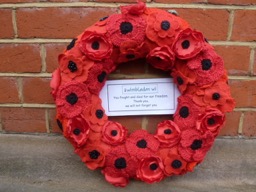
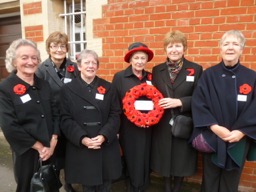
![20140728_123439[1]](http://www.wimbledonwi.org.uk/HotTopics/wp-content/uploads/2014/09/20140728_1234391.jpg)

